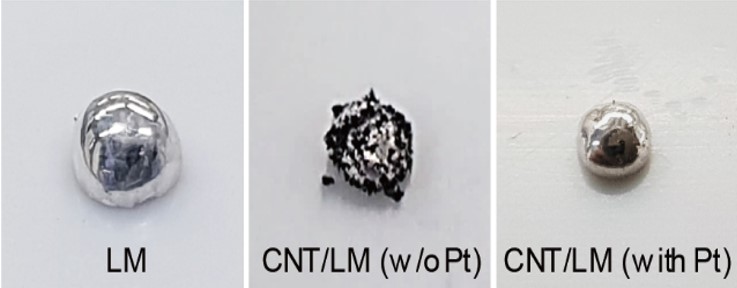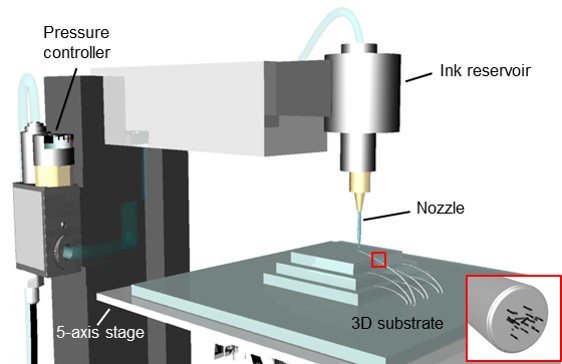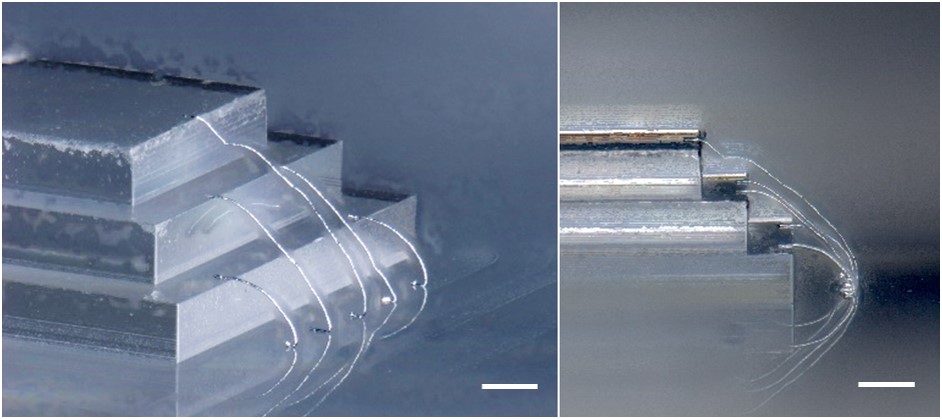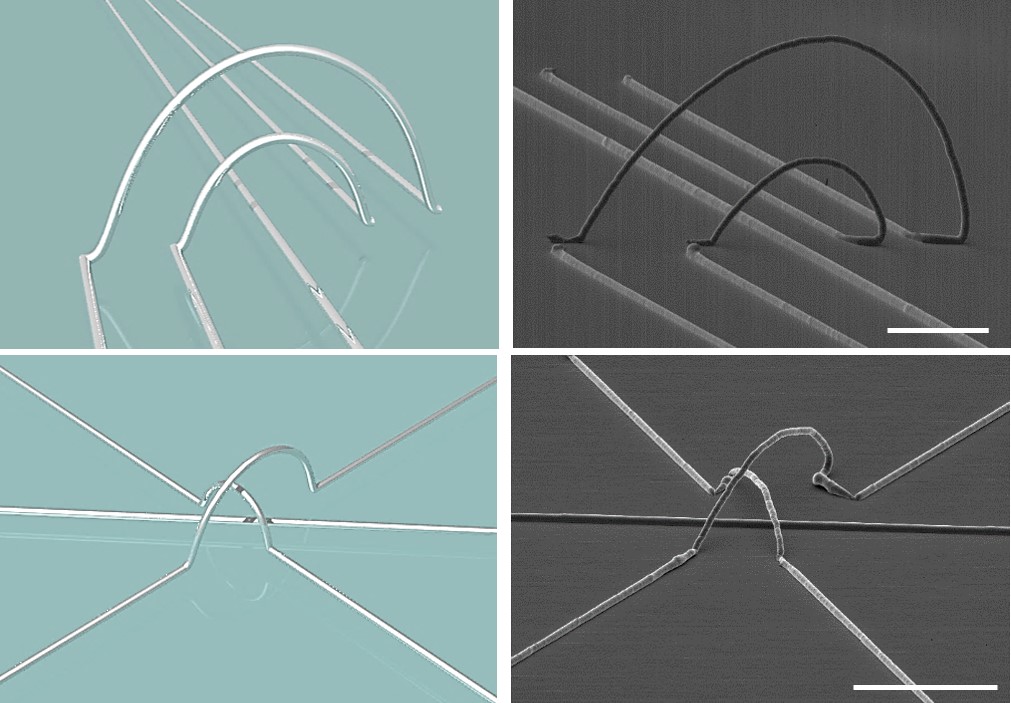주메뉴
- About IBS 연구원소개
-
Research Centers
연구단소개
- Research Outcomes
- Mathematics
- Physics
- Center for Theoretical Physics of the Universe(Particle Theory and Cosmology Group)
- Center for Theoretical Physics of the Universe(Cosmology, Gravity and Astroparticle Physics Group)
- Center for Exotic Nuclear Studies
- Dark Matter Axion Group
- Center for Artificial Low Dimensional Electronic Systems
- Center for Underground Physics
- Center for Axion and Precision Physics Research
- Center for Theoretical Physics of Complex Systems
- Center for Quantum Nanoscience
- Center for Van der Waals Quantum Solids
- Center for Relativistic Laser Science
- Chemistry
- Life Sciences
- Earth Science
- Interdisciplinary
- Center for Neuroscience Imaging Research(Neuro Technology Group)
- Center for Neuroscience Imaging Research(Cognitive and Computational Neuroscience Group)
- Center for Algorithmic and Robotized Synthesis
- Center for Genome Engineering
- Center for Nanomedicine
- Center for Biomolecular and Cellular Structure
- Center for 2D Quantum Heterostructures
- Center for Quantum Conversion Research
- Institutes
- Korea Virus Research Institute
- News Center 뉴스 센터
- Career 인재초빙
- Living in Korea IBS School-UST
- IBS School 윤리경영


주메뉴
- About IBS
-
Research Centers
- Research Outcomes
- Mathematics
- Physics
- Center for Theoretical Physics of the Universe(Particle Theory and Cosmology Group)
- Center for Theoretical Physics of the Universe(Cosmology, Gravity and Astroparticle Physics Group)
- Center for Exotic Nuclear Studies
- Dark Matter Axion Group
- Center for Artificial Low Dimensional Electronic Systems
- Center for Underground Physics
- Center for Axion and Precision Physics Research
- Center for Theoretical Physics of Complex Systems
- Center for Quantum Nanoscience
- Center for Van der Waals Quantum Solids
- Center for Relativistic Laser Science
- Chemistry
- Life Sciences
- Earth Science
- Interdisciplinary
- Center for Neuroscience Imaging Research(Neuro Technology Group)
- Center for Neuroscience Imaging Research(Cognitive and Computational Neuroscience Group)
- Center for Algorithmic and Robotized Synthesis
- Center for Genome Engineering
- Center for Nanomedicine
- Center for Biomolecular and Cellular Structure
- Center for 2D Quantum Heterostructures
- Center for Quantum Conversion Research
- Institutes
- Korea Virus Research Institute
- News Center
- Career
- Living in Korea
- IBS School
News Center
| Title | New 3D interconnection technology for future wearable bioelectronics | ||
|---|---|---|---|
| Embargo date | 2019-08-15 11:00 | Hits | 1364 |
| Research Center |
Center for Nanomedicine |
||
| Press release | |||
| att. | |||
New 3D interconnection technology for future wearable bioelectronicsScientists developed stretchable metal composites and 3D printed them on soft substrates at room temperature It seems the days are gone when just tossing a smart watch on your wrist makes you look cool. The wearable biotech industry has recently revealed its insatiable hunger for futuristic items. Pain relief goggles that monitor brain waves, vital sign monitoring stickers, and even mind reading glasses. They are just few of the latest items discussed at the 2019 Wearable Tech, Digital Health, and Neurotech Silicon Valley conferences. Not to be sure whether all of these wearable prototypes can catch on, but one thing is clear: there are more to come in the field of wearable technology. This great potential has been, however, held back by a technical restraint: these wearables have never really felt “wearable” to their users. Though they were supposed to feel like a second skin of the wearer, it has been technically impossible to devise “wearable” devices that are comfortable to bend and stretch and also keep good data recording capabilities on soft and curved skin. Wearable smart devices gather a person’s bio measurements by connecting electrodes to the surface of the skin. Inside the device are 3D-shaped electrode wirings (i.e. interconnects) that transmit electrical signals. To date, not only can the wirings only be formed on a hard surface, but also the components of such interconnects delicate and hardly-stretchable metals such as gold, copper, and aluminum. In a paper published today in the journal Nano Letters, the joint research team led by Prof. Jang-Ung Park at the Center for Nanomedicine within the Institute for Basic Science (IBS) in Daejeon, South Korea, and Prof. Chang Young Lee at the Ulsan National Institute of Science and Technology (UNIST) in Ulsan, South Korea reported fully-transformable electrode materials that also feature a high electric conductivity. Notably, this novel composite is super-thin, 5 micrometers in diameter, which is half of the width of conventional wire bonding. By enabling ever-slimmer 3D interconnects, this study can help to revolutionize the physical appearance of smart gadgets, in addition to reinforcing their technical functions.
The research team used liquid metals (LM) as the main substrate since LMs are highly stretchable and have relatively high conductivities similar to solid metals. To improve the mechanical stability of the metal liquid, carbon nanotubes (CNT) were dispersed uniformly. “To have a uniform and homogeneous dispersion of CNTs in liquid metal, we selected platinum (Pt), for having a strong affinity to both CNT and LM, as the mixer and it worked,” said Young-Geun Park, the first author of the study.
This study also demonstrated a new interconnection technology that can form a highly conductive 3D structure at room temperature: For having a high conductivity, the new system does not require any heating or compressing process. Also the soft and stretchable nature of the new electrode makes it easy to come through the nozzle in a fine diameter. The research team used a nozzle for the direct printing of various 3D patterning structure as shown in Figure 3. Park explains, “Forming high-conductivity 3D interconnections at room temperature is an essential technology that enables the use of various flexible electronic materials. The wire bonding technology used in existing electronic devices forms interconnects using heat, pressure, or ultrasonic waves that can damage soft, skin-like devices. They have been a great challenge in the manufacturing process of high-performance electronic devices.” He noted that the pointed nozzle also allows reshaping of the preprinted pattern into various 3D structure, thus having an electrode work like a “switch” to turn on and off power.
Using the direct printing method, the high-resolution 3D printing of this composite forms free-standing, wire-like interconnects. This new stretchable 3D electrical interconnections specifically consist of super-thin wires, as fine as 5 micrometers. Previous studies on stretchable metals have only been able to present wire lines of several hundred micrometers in diameter. The new system is even thinner than the interconnect of conventional wire bonding. Professor Jang-Ung Park, the corresponding author of the study noted, “We may soon be able to say goodbye to those bulky skin-based interfaces as this freely-transformable, super-thin 3D interconnection technology will come as a big breakthrough to the industry’s efforts to produce ever compact and slim gadgets.” Blurring the boundary between the human body and electric devices, this new technology will facilitate the production of more integrated and higher-performing semiconductor components for use in existing computers and smartphones, as well as for flexible and stretchable electronic devices.” Dahee Carol Kim Notes for editors - References - Media Contact - About the Institute for Basic Science (IBS) |
|||
|
|
|||
| Next | |
|---|---|
| before |
- Content Manager
- Communications Team : Kwon Ye Seul 042-878-8237
- Last Update 2023-11-28 14:20
















